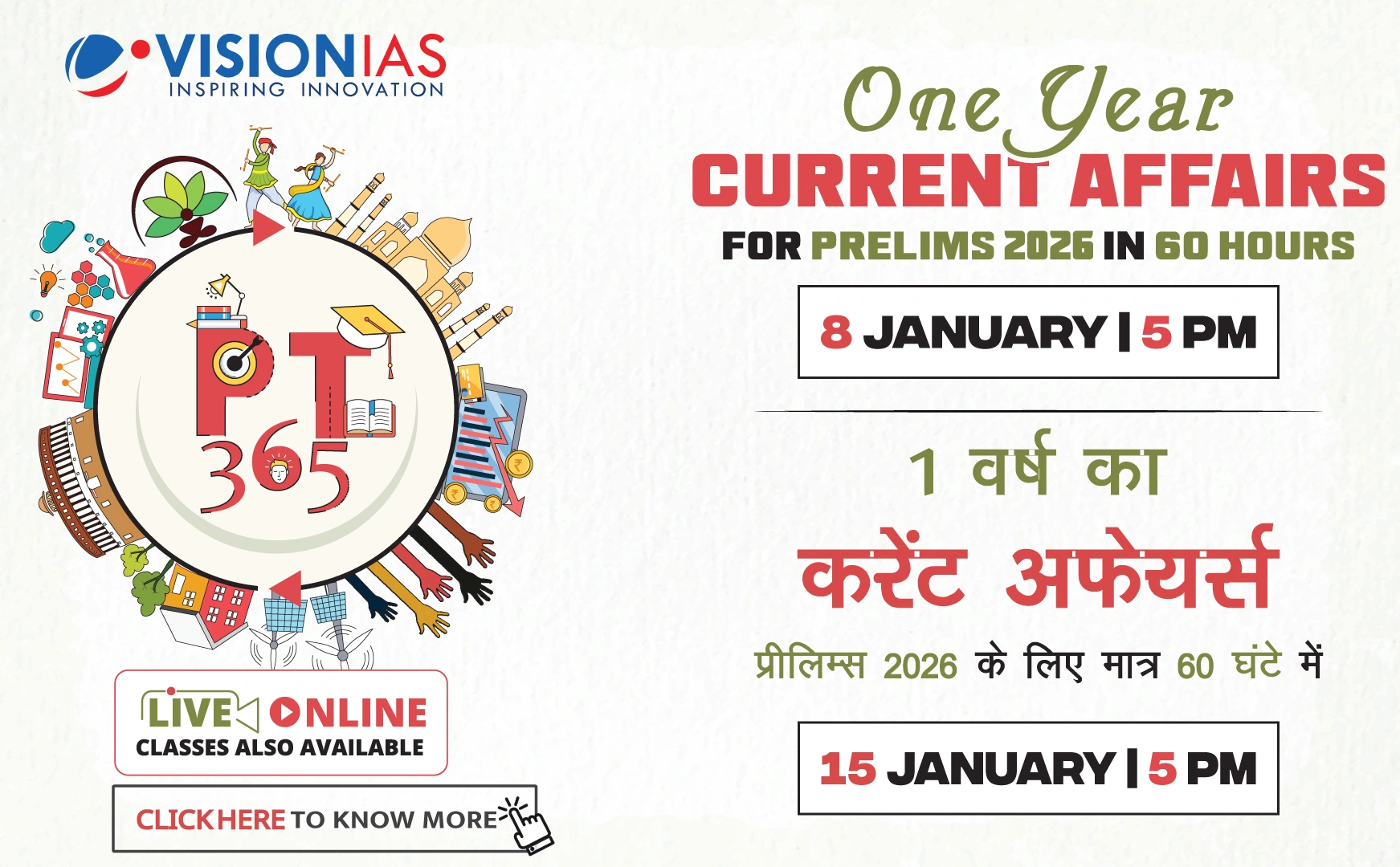Air Pollution in the National Capital Region (NCR)
The NCR faces a recurring issue with air pollution, often perceived as a seasonal problem, but it is a persistent year-round health concern that fails to gain adequate public-health priority.
Sources and Impact of Air Pollution
- Primary Sources:
- Fossil fuel combustion, coal power plants, industrial clusters, diesel fleets, and brick kilns.
- Current Statistics:
- Coal powers over 74% of India's electricity generation.
- Geographical Factors:
- In North India, cold temperatures and terrain trap pollutants close to the ground.
Health Effects of Air Pollution
- Challenges in Identification:
- Air pollution does not cause a single identifiable disease but exacerbates respiratory and heart diseases.
- Long-term PM2.5 exposure linked to non-communicable diseases like hypertension, diabetes, and neurological changes.
- Statistics:
- Estimated over two million pollution-attributable deaths in India in 2023.
- For every 10 µg/m³ increase in PM2.5, annual mortality rises by 8.6% and daily mortality by 1.4%.
Data and Surveillance Challenges
- Data Limitations:
- India's health data is scarce and underutilised, with uneven adoption of Electronic Health Records (EHR).
- Surveillance Programs:
- National Outdoor Air and Disease Surveillance tracks respiratory emergencies but lacks advanced analytical capabilities.
Systemic Gaps and Consequences
- Disconnect:
- There is a significant disconnect between pollution-generating sectors, regulation, health impact monitoring, and public awareness.
- Reactive Measures:
- Reliance on temporary fixes like artificial rain and water cannons, overshadowing the need for systemic change.



